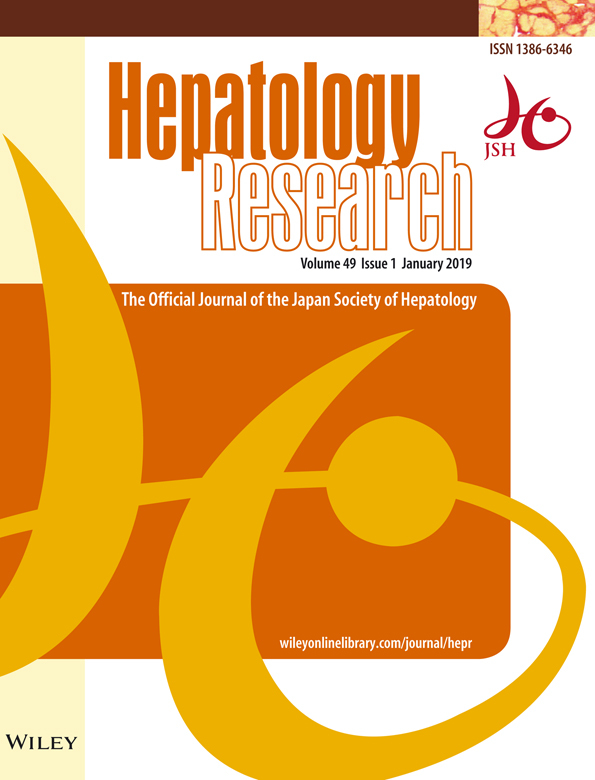Effect of luseogliflozin on hepatic fat content in type 2 diabetes patients with non-alcoholic fatty liver disease: A prospective, single-arm trial (LEAD trial)
Abstract
Aims
No pharmacological therapies are approved for non-alcoholic fatty liver disease (NAFLD). Luseogliflozin, a sodium glucose cotransporter 2 inhibitor, has been developed for the treatment of adults with type 2 diabetes (T2DM). The aim of this prospective, single-arm study is to evaluate the efficacy of luseogliflozin on hepatic fat content and glycated hemoglobin (HbA1c) in T2DM patients with NAFLD.
Methods
Forty T2DM patients with NAFLD were treated with luseogliflozin 2.5 mg/day for 24 weeks. Primary end-points were changes in HbA1c and hepatic steatosis evaluated by magnetic resonance imaging–hepatic fat fraction from baseline. Secondary end-points were changes in metabolic and hepatic function-related parameters, including hepatic fibrosis markers (Fibrosis-4 index, NAFLD fibrosis score, type IV collagen 7S. and Wisteria floribunda agglutinin-positive Mac-2 binding protein).
Results
Not only HbA1c and transaminase activities but also hepatic fat content were significantly decreased after 24 weeks of therapy with luseogliflozin. The reduction of hepatic fat content was significantly correlated with the reduction of alanine aminotransferase. Although hepatic fibrosis markers were unchanged, serum ferritin levels reduced and serum albumin significantly increased after the treatment.
Conclusion
Luseogliflozin can be a novel promising agent for the treatment of T2DM patients with NAFLD. Prospective randomized controlled trials are warranted to confirm this impact of luseogliflozin onT2DM with NAFLD.




